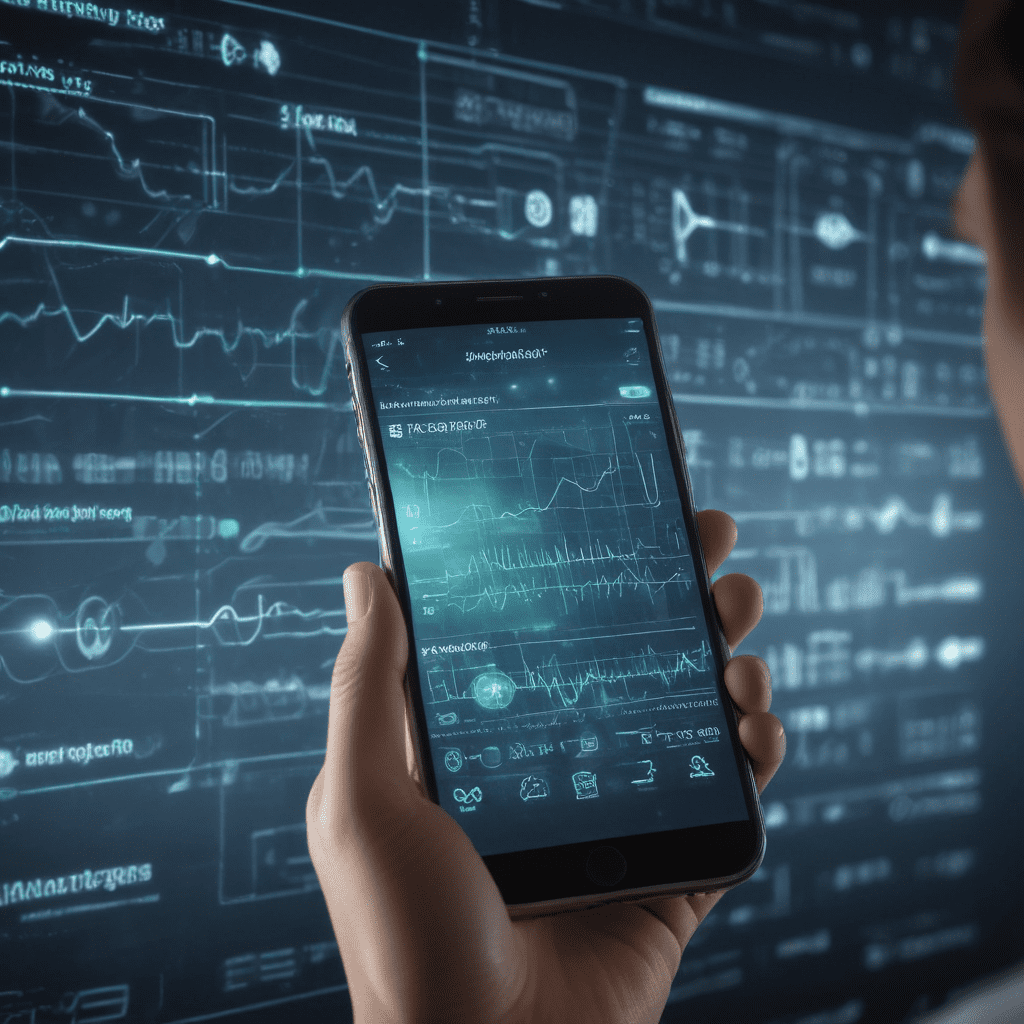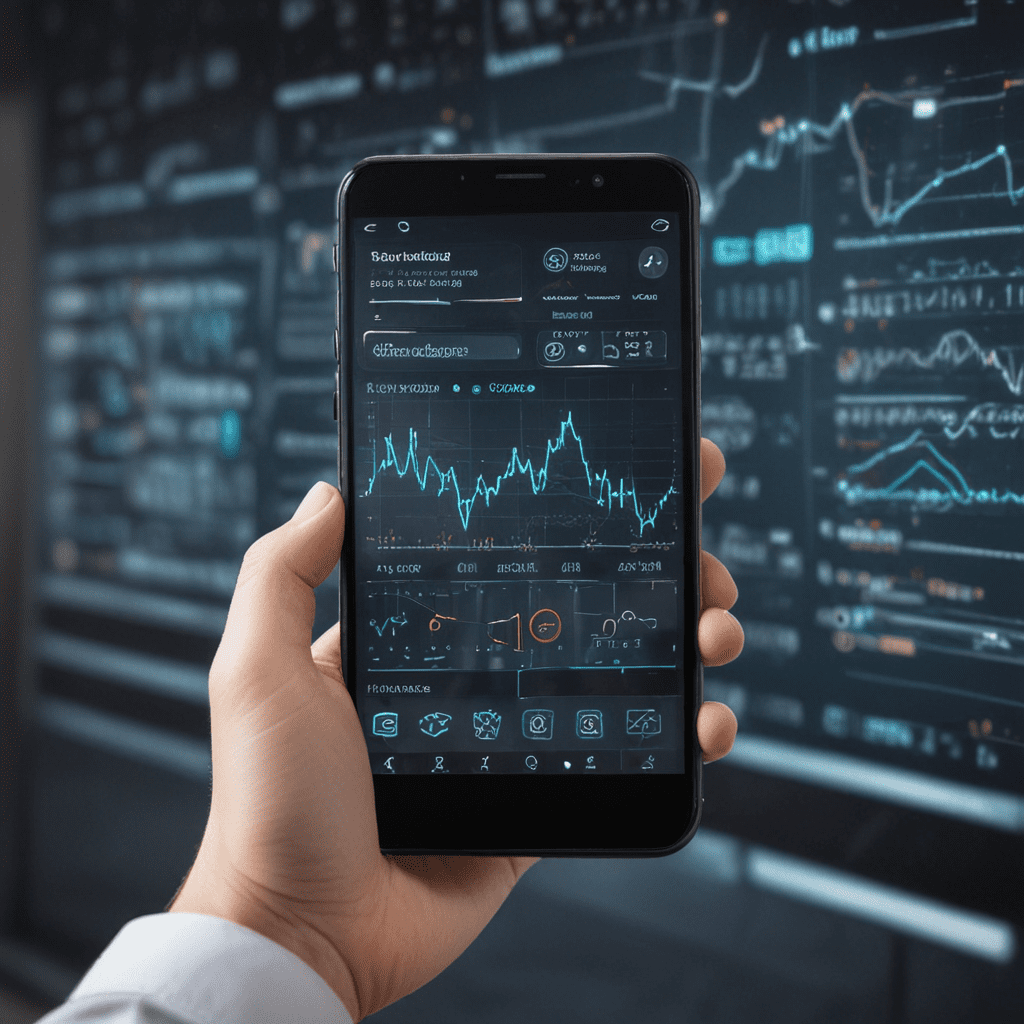1. Introduction to Mobile App Development for Personalized Learning
The rise of mobile technology has revolutionized education, offering unprecedented opportunities for personalized learning experiences. Mobile apps provide a convenient and engaging platform to deliver tailored content, assessments, and feedback, empowering learners to take ownership of their educational journey. By leveraging the portability, interactivity, and data collection capabilities of mobile devices, educators can create highly personalized learning environments that cater to the unique needs, interests, and learning styles of each student.
2. Benefits of Mobile Apps for Personalized Learning
Mobile apps offer numerous benefits for personalized learning, including:
- Flexibility and Accessibility: Mobile apps allow learners to access educational content and engage in learning activities anytime, anywhere, removing the constraints of traditional classroom settings.
- Personalized Content Delivery: Apps can deliver content tailored to each learner's individual needs and preferences, ensuring that they receive the most relevant and engaging materials.
- Adaptive Learning: Mobile apps can use data to track learner progress and adjust the difficulty and pacing of content delivery, providing a truly adaptive learning experience.
- Gamification and Motivation: Mobile apps can incorporate game-like elements and rewards to make learning more engaging and motivating, fostering a positive learning environment.
- Collaboration and Communication: Mobile apps facilitate collaboration among learners and between learners and educators, creating a vibrant and interactive learning community.
3. Essential Tools for Mobile App Development
Developing effective mobile apps for personalized learning requires a range of tools, including:
- App Development Platforms: Platforms like MIT App Inventor, Thunkable, and Appy Pie offer drag-and-drop interfaces and pre-built components to simplify app development for non-programmers.
- Integrated Development Environments (IDEs): IDEs like Android Studio and XCode provide comprehensive development environments with code editors, debuggers, and simulators.
- Cloud Services: Cloud services such as Amazon Web Services (AWS) and Google Cloud Platform (GCP) offer infrastructure and tools for managing data, hosting apps, and delivering personalized experiences.
- Data Analytics Tools: Analytics tools like Google Analytics and Mixpanel help track app usage, user behavior, and learner performance, providing valuable insights for personalization.
4. User Experience Design for Personalized Learning Apps
The user experience (UX) design of personalized learning apps is crucial for ensuring learner engagement and satisfaction. Key principles to consider include:
- Intuitive Navigation: Apps should be easy to navigate, allowing learners to quickly find the content they need.
- Personalized Home Screens: Home screens can be customized to display content relevant to each learner's goals and interests.
- Adaptive Content Layouts: Content should be presented in a clear and accessible manner, adapting to different screen sizes and device orientations.
- Accessibility Features: Apps should incorporate accessibility features to support learners with disabilities, such as screen readers and closed captioning.
5. Data Collection and Analytics for Personalized Learning
Data collection and analytics play a vital role in personalizing learning experiences. Mobile apps can collect a wide range of data, including:
- Learner Profiles: Data on learner demographics, learning styles, and interests.
- Content Interactions: Data on what content learners view, complete, and how long they spend on it.
- Assessment Results: Data on learner performance in quizzes, tests, and assignments.
- Feedback and Surveys: Data on learner feedback and insights.
Analytics tools can process this data to identify trends, patterns, and areas where learners need additional support or enrichment. This information can be used to tailor content, adjust difficulty levels, and provide personalized feedback.
6. Content Creation and Curation for Personalized Apps
Content is the cornerstone of any personalized learning app. Effective content creation and curation involve:
- Alignment with Learning Objectives: Content should be carefully selected or created to align with specific learning objectives and cater to the diverse needs of learners.
- Variety of Formats: Apps should offer a variety of content formats, including text, videos, simulations, games, and interactive exercises, to cater to different learning styles and preferences.
- Personalized Recommendations: Apps can use data and algorithms to recommend content that is relevant and engaging for each learner, based on their progress and interests.
- Quality Control: It is essential to ensure the accuracy, credibility, and currency of all content provided within the app.
7. Assessment and Feedback Mechanisms in Personalized Learning Apps
Assessment and feedback mechanisms are crucial for monitoring learner progress and providing personalized support. Key considerations include:
- Adaptive Assessments: Mobile apps can use adaptive assessment techniques to create personalized question sets that adjust to each learner's level of understanding.
- Real-Time Feedback: Apps can provide immediate feedback to learners on their responses, allowing them to identify areas for improvement and reinforce correct answers.
- Peer-to-Peer Feedback: Apps can foster collaboration by enabling learners to provide feedback on each other's work, promoting social learning and critical thinking.
- Data-Driven Insights: Assessment data can be analyzed to generate insights into learner performance, strengths, and areas for growth. This information can be used to tailor future learning experiences.
8. Implementation and Deployment of Personalized Learning Apps
Successful implementation and deployment of personalized learning apps require careful planning and execution:
- Device Distribution and Support: Schools or organizations need to ensure that learners have access to the necessary devices and technical support to use the app effectively.
- User Training and Onboarding: Learners and educators should receive thorough training on how to use the app's features and functionalities.
- Integration with Existing Systems: Apps should be integrated with existing learning management systems (LMS) and other educational software to ensure seamless data sharing and avoid duplication.
- Monitoring and Evaluation: It is essential to monitor app usage, learner engagement, and learning outcomes to assess its effectiveness and make necessary adjustments.
9. Strategies for Successful Mobile App Development
Developing successful mobile apps for personalized learning requires a combination of technical expertise and educational insights:
- Collaboration Between Educators and Developers: Close collaboration between educational experts and app developers is crucial to ensure that the app meets the specific learning needs and pedagogical requirements.
- Iterative Development and User Testing: Apps should be developed through an iterative process, with regular user testing and feedback incorporated to improve the user experience and effectiveness.
- Leveraging Research and Best Practices: Developers should draw upon research and best practices in personalized learning to create apps that are pedagogically sound and evidence-based.
- Continuous Improvement and Updates: Apps should be regularly updated to incorporate new features, content, and bug fixes, ensuring they remain relevant and effective.
10. Best Practices and Case Studies of Personalized Learning Apps
Learning from successful examples can provide valuable guidance:
- Highlight Case Studies of Effective Apps: Showcase case studies of well-designed and effective personalized learning apps, outlining their features, impact, and lessons learned.
- Review Best Practices for App Development: Summarize industry best practices for developing personalized learning apps, covering aspects such as user experience, content creation, and data privacy.
- Provide Resources for Educators and Developers: Offer resources and toolkits to support educators and developers in implementing and creating personalized learning apps.
Frequently Asked Questions (FAQs)
What are the benefits of using mobile apps for personalized learning?
- Flexibility and accessibility
- Personalized content delivery
- Adaptive learning
- Gamification and motivation
- Collaboration and communication
What tools are commonly used for mobile app development for personalized learning?
- App development platforms (e.g., MIT App Inventor, Thunkable)
- Integrated Development Environments (e.g., Android Studio, XCode)
- Cloud services (e.g., AWS, GCP)
- Data analytics tools (e.g., Google Analytics, Mixpanel)
What are key considerations for user experience design in personalized learning apps?
- Intuitive navigation
- Personalized home screens
- Adaptive content layouts
- Accessibility features
How can data collection and analytics enhance personalized learning?
- Identify trends and patterns in learner behavior
- Tailor content and adjust difficulty levels
- Provide personalized feedback and support
What strategies should be considered for successful implementation of personalized learning apps?
- Device distribution and support
- User training and onboarding
- Integration with existing systems
- Monitoring and evaluation
What is the role of collaboration in developing effective personalized learning apps?
- Close collaboration between educators and developers ensures pedagogical soundness and user-centric design.

